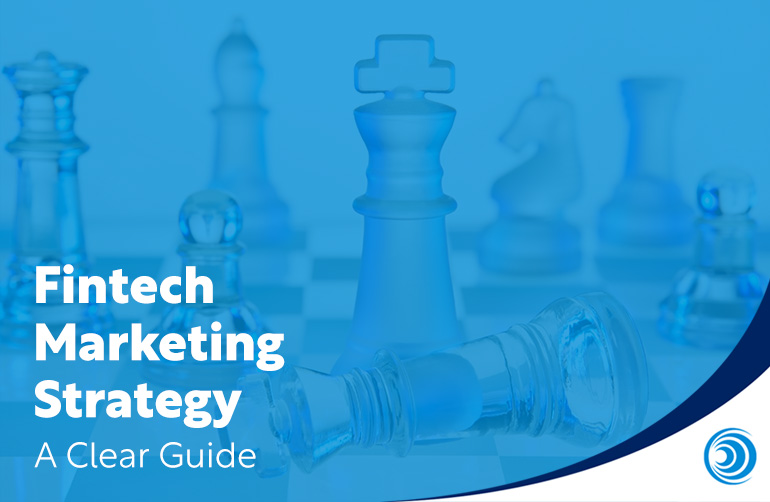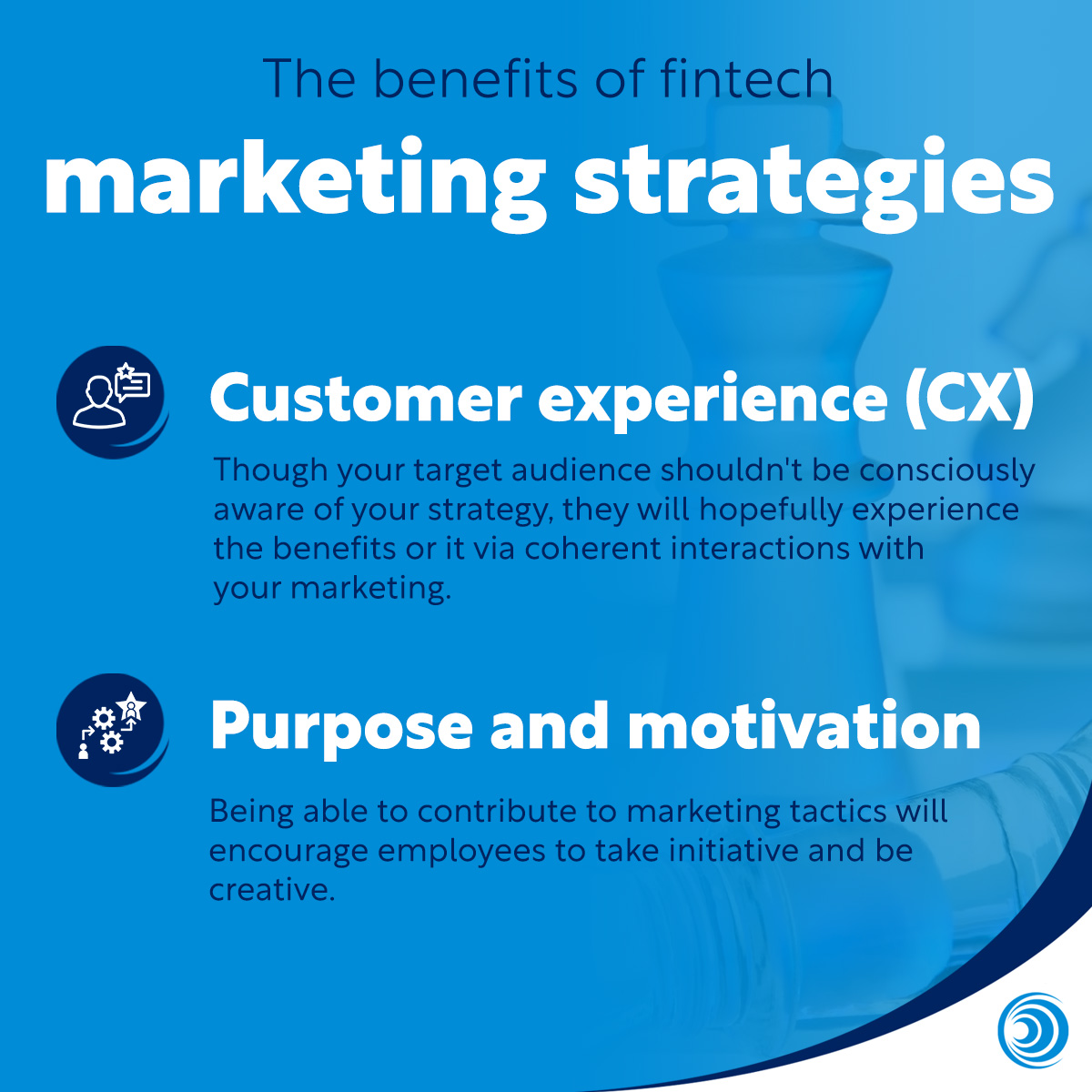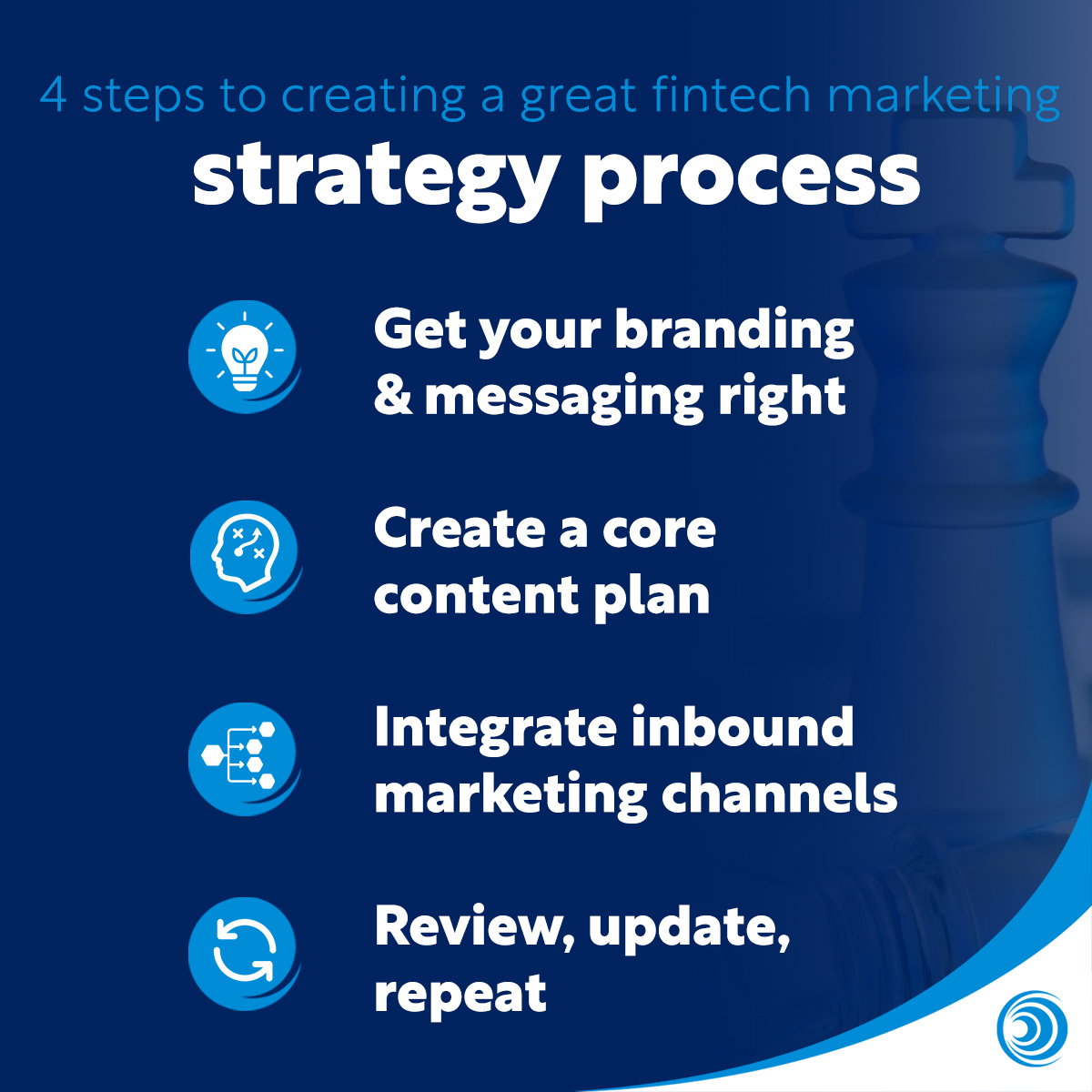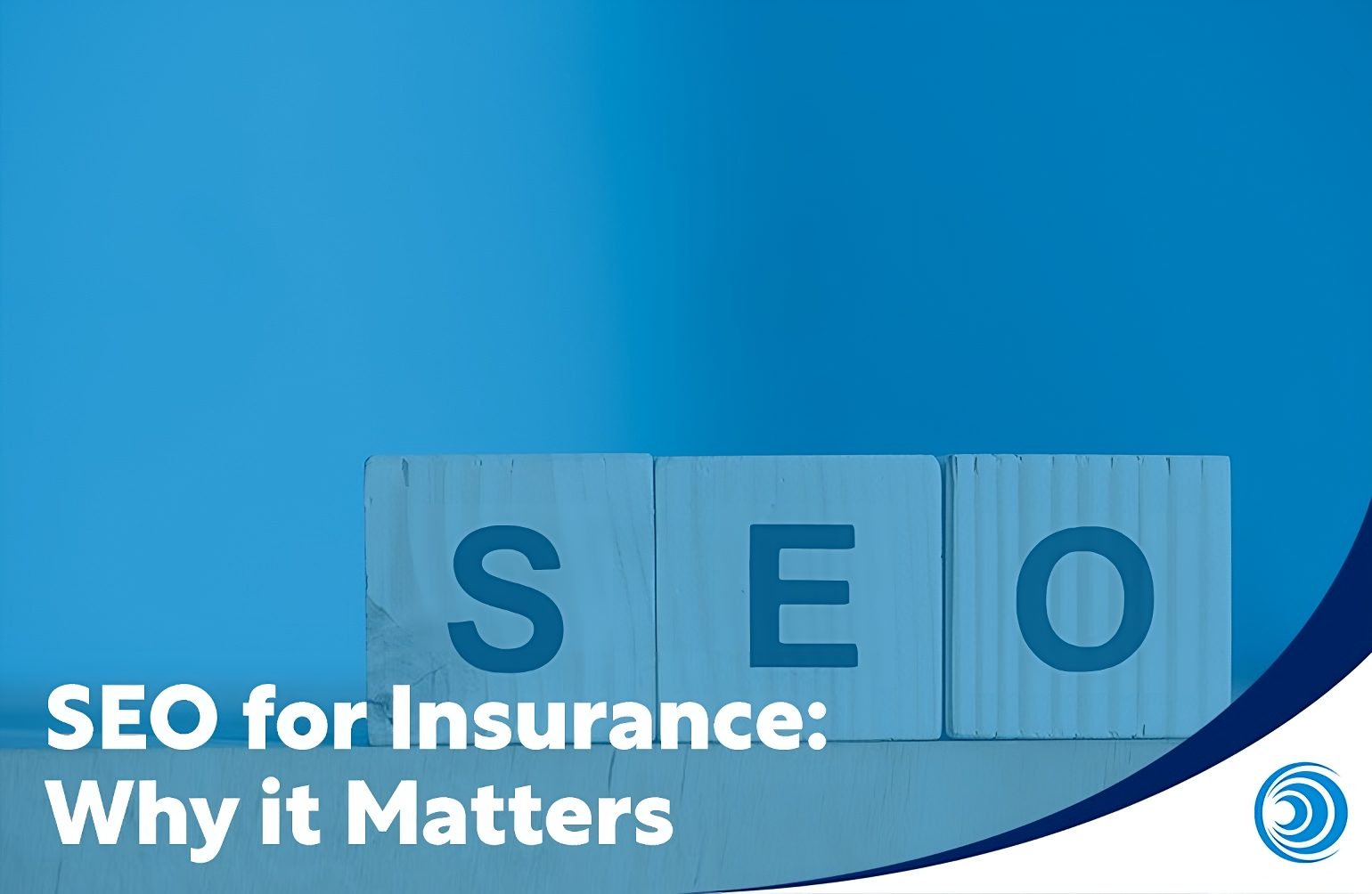
Fintech Marketing Strategy: A Guide
A wise man once said:
'If you don't know where you're going, you might not get there.'
This is a surprisingly common problem for marketers in fintech.
Formulating a great fintech marketing strategy is the way to solve it.
But what exactly is a marketing strategy? Is it different to a tactic? And what industry-specfic factors should be considered for the fintech industry?
Whether you provide fintech marketing services or are looking for them, this article should help better understand the field.
- What is fintech marketing strategy?
- Theory & practice
- The benefits of fintech marketing strategies
- 4 steps to creating a great fintech marketing strategy process
- Conclusion
What is fintech marketing strategy?
Fintech marketing strategy is a guideline that leads a fintech company's marketing activities. It provides an over-arching vision, principles and framework for marketing objectives.
Fintech marketing strategies can vary in how specific they are. For example,
'In the next few years, we will grow our audience'
vs
‘we will grow our under-35 audience by 50% this quarter’
They have similar objectives to marketing in other fields. However, like all fields, they are influenced by competition and target audiences.
For example, fintechs first need research the branding and marketing of competitors in their category in order to become distinct from them.
When fintech started, its marketing was relatively basic. Many fintechs simply pointed out how distinct they were from traditional banking services.
Nowadays, new marketing and branding trends appear with increasing frequency. It's easy to get caught up in these without having an underlying strategy to guide them.
B2B vs B2C fintech marketing strategies
In fintech, as elsewhere, marketing can be broken down into two main categories:
- Business-to-customer (B2C) marketing
- Business-to-business (B2B) marketing
Surprisingly, the same marketing laws apply to growing a brand in each category.
For example, are affected by the double jeopardy law (small brands have less buyers who buy less often than big brands).
And the law of duplicate purchase (brands share more customers with larger competitors than with smaller ones) applies across categories.
However, subtle distinctions between B2C and B2B marketing can be found in three areas:
- Internal perceptions within a company about marketing's role. B2C marketing departments often have more autonomy and scope for creativity.
- Customers' decision-making processes. B2C decisions are made by individuals, whereas B2B ones are typically made by groups
- The platforms and channels used for each kind of marketing are different. LinkedIn, for example, is particularly popular in B2B
These issues mean that B2C and B2B marketing strategies are often formulated or approved in different ways.
Each focuses on persuading different decision makers – both internally and externally. And they will be implemented on different channels.
The origins and elements of strategy
The exact meaning of ‘strategy’ is often unknowingly misunderstood.
The word itself came to English via 19th century French - stratégie meant ‘art of a general’. The French word, in turn, came from Ancient Greek.
Its precise definition is sometimes disputed. One leading historian of military strategy writes:
'Goals, methods and outcomes all play a role in definitions of strategy... but so also do habit, inclination, institutional practice and personal preference.'
Strategy can also be paradoxical concept. A famous Roman saying reads:
Si vis pacem, para bellum
(if you want peace, prepare for war)
Likewise, in marketing strategy, seemingly paradoxical goals exist. For example, you often need to:
- Impress audiences with your authenticity
- Make your brand distinct from traditional financial institutions whilst associating with the trust inherent in them
- Avoid focusing on your products in order to sell your products
.
Strategic goals
Strategic goals are an important part of strategy. They are high-level and long-term objectives that a company sets itself.
Like strategies more broadly, they can also vary in specificity.
For example, different fintech companies have different timeframes in order to set their goals.
Balance needs to be found between being too specific and rigid and being too vague and unstructured. Either extreme can be detrimental.
Whether a company sets a strategic goal like ‘become the highest revenue-generating company in our industry within 3 years’ or ‘being a leading player in our niche in about 5 years’ depends on several factors.
Strategies vs plans
Though often used interchangeably, ‘strategies’ and ‘plans’ are different. Marketing strategies are broad objectives, whereas marketing plans are the detailed steps needed to achieve these.
For example, your fintech company's strategy of ‘increasing brand recognition’ might be pursued with a plan involving ‘increasing social media marketing activity on all major platforms using images and PPC ads.’
Strategies vs tactics
Similarly, strategic planning is often confused with tactical planning. The latter is made up of short-term, actionable steps that will contribute to achieving the former.
The difference between the two was summarised well about two and a half thousand years ago in The Art of War:
‘All men can see the tactics whereby I conquer, but what none can see is the strategy out of which victory is evolved.’
Long and short-term strategy
Thinking long-term can be difficult. The business world works by quarters. New CEOs, CMOs, managers and employees may come and go, too.
Marketing strategies that aren't meeting objectives need to be dropped. But it's equally important to have the nerve to stay with strategies that take longer to pay off.
Perhaps no one has put it better than Confucius, approximately 2,500 years ago:
‘Do not try to hurry things. Ignore petty advantages. If you try to hurry things, you will not reach your goal. If you pursue petty advantages, larger enterprises will not come to fruition.'
A good example of this can be seen in fintech SEO strategy.
It takes time to build up a site's domain and topical authority. So, exclusively targeting high keyword difficulty keywords, for example, might bring some advantages.
But these advantages can come at the expense of longer-term gains, which can be gained via first targeting lower difficulty keywords.
Theory & practice
There are many business books and blogs out there proposing to teach you the best marketing strategy.
Amazon.co.uk has over 30,000 results for 'marketing strategy' alone...
Many of these no doubt contain valuable insights. But strategies also need to be created and adapted with direct knowledge of your organisation in mind.
As one leading scholar on (warfare) strategy put it:
'Because strategy is neither straightforward nor transparent and never was, it is more easily absorbed intuitively than consciously learned.'
Some strategies are also too reliant on theory:

However, it does no harm to understand useful frameworks related to strategy. Below are two popular ones we think worth mentioning.
The 4 Ps
The four Ps of marketing are a set of factors that should be considered about goods or services. They are:
- Product
- Price
- Place
- Promotion
This concept has its roots in the 1950s. It has been refined over time - 3 more Ps are now often added:
- People
- Process
- Physical evidence
The basic theory is that these Ps - and how they interact with one another - should form the pillars of any marketing strategy.
HubSpot's inbound marketing strategies
Inbound marketing is particularly relevant to fintech. And when it comes to inbound marketing, HubSpot is one of the leading software providers.
HubSpot recommends companies build marketing strategies around their attract, engage and delight methodology. These aspects are all interlinked and self-reinforcing, which makes basing coherent strategies on them very simple.
The benefits of fintech marketing strategies

Customer experience (CX) and fintech brand coherence
A well-articulated strategy will guide the different specialists that make up a fintech marketing team together.
It spares them creating separate content that confuses customers because of how different each piece feels.
For example, imagine a new customer enjoys one of your videos online. It delights and engages them, they identify with your brand and want to learn more.
But when they search for you on Google they find a website with very different branding.
Here, your brand will feel fragmented and confusing to them.
Team purpose and motivation
Working on a 'need to know basis' may be necessary in some fields (espionage, international - or national - crime, etc.), but in marketing it simply signals a lack of trust and autonomy for your team.
By helping your team work towards broad strategic goals and tangible outcomes, a good fintech marketing strategy adds clarity and purpose to their working process.
Being able to contribute to marketing tactics will encourage employees to take initiative and be creative.
These qualities help make innovative content marketing and a great fintech marketing team.
Cross-channel strategies
Fintech marketing includes multiple different channels, such as:
- Social media
- SEO
- PPC
- Events
- Email marketing
Each of these channels requires its own tactics and strategies.
For example, YouTube SEO is very different to ordinary SEO. On the former, post frequency is an important ranking factor. On the latter, it isn't.
But these different channels can be guided by a wider strategy. For example, a strategy based on gaining more visibility for issuing processing capabilities could create video and blog content in tandem.
4 steps to creating a great fintech marketing strategy process

1. Get your branding right
Standing out from the fintech crowd is difficult but important.
For many years, the fintech industry has leaned heavily into its identity as a new, disruptive alternative to traditional financial services.
Many brands market themselves in this way. So, it's no longer enough to simply stand out from banks. You need to stand out from fintechs offering similar services, too.
The key to doing this is clear: build meaningless distinction.
That's right, meaningless. Customers aren't as interested in differentiation as many marketers assume.
In a crowded marketplace, getting noticed depends on being mentally and physically available. Your fintech brand needs to come to mind when customers are looking for a service like yours.
To ensure this happens, you need to build distinctive brand assets. That is, a brand name, logo, and other assets that stand out from your competitors - both banks and other fintechs.
2. Create a core content plan
Whether you're business-to-consumer (B2C) or business-to-business (B2C), digital content marketing is essential for fintech customer acquisition.
It covers many channels. First, work out what these are. Next, focus on what your core content should be.
Core content is relevant content that is essential to what your business offers. It sits at the top of a hierarchy of content.
It usually directly addresses the key pain points around your services for customers.
You should brainstorm all possible content first. Then rank it in order of importance.
Next, define which pieces are 'core' and which are 'supporting'. Finally, work out a schedule for publishing it all.
3. Integrate inbound marketing channels
Inbound marketing is a method of creating valuable content that attracts and engages potential customers, as opposed to reaching out and interrupting them (which is outbound marketing).
It is now an indispensable part of digital marketing.
It includes various different types of marketing, including: email marketing, social media marketing, SEO, PPC, video marketing, podcasts, and more.
4. Review, update, repeat
A quote often misattributed to Winston Churchill reads:
'However beautiful the strategy, you should occasionally look at the results.'
Industries, competitors, and your target audience may all change at one point.
New trends emerge and you will hopefully receive have feedback to consider. You may even surpass your own expectations and need to adapt accordingly.
Either way, you will need to periodically pause and review your progress. Review whether you have moved closer to your strategic goals - or whether they have changed.
A big part of this can be done with data. But you should also consider more intangible areas, such as whether your fintech's brand identity has evolved, or customers' comments, etc.
How you define and measure the success of these areas will be personal to you and your team. And how you update your marketing will do, too.
After all, marketing is part art and part science - and not everything can be quantified with the art side of things.
Or, as W. H. Auden put it:
'A craftsman knows in advance what the finished result will be, while the artist knows only what it will be when he has finished it.'
Conclusion
Fintech marketing strategy refers to the broad objective fintechs should create for themselves.
It can be paradoxical and intuitive.
There are no one-size-fits-all prescriptions that all fintech companies can follow. It forms the foundational framework of successful fintech marketing, which more detailed marketing tactics and plans can build on.
A long-term focus is important to maintain for strategies. This can be difficult when short-term (especially quarterly) goals cause sudden changes to strategy.
Different channels have their own strategic requirements. However, it is sometimes possible to link these together.
There are many different useful theories that can inform the development of your strategic planning, including the 4 P's and HubSpot's inbound marketing methodology.
However, these need to be combined with your knowledge - and experience - of your brand.
There are clear steps you can follow to help you devise the best strategy for your company.
First, you need to get your branding in place. Your brand needs to be distinct from its competitors. The fintech space is increasingly crowded.
If your brand name or logo isn't memorable, how will potential customers be able to find you when they are ready to buy?
Second, you need to brainstorm and prioritise what your core content is.
This is content that directly addresses customer pain points and information relevant to your services.
Integrating your different inbound marketing channels is the next step. This can be done on a platform like HubSpot, which can be extremely beneficial to fintechs.
Once successfully integrated, you can manage, track and even automate actions in an efficient way.
Finally, building in time for a regular reviewing process is essential.
Strategies need to be adaptable because - much like in warfare - things don't always go to plan.
Find out more about how we use branding and messaging to build fintech marketing strategies.



